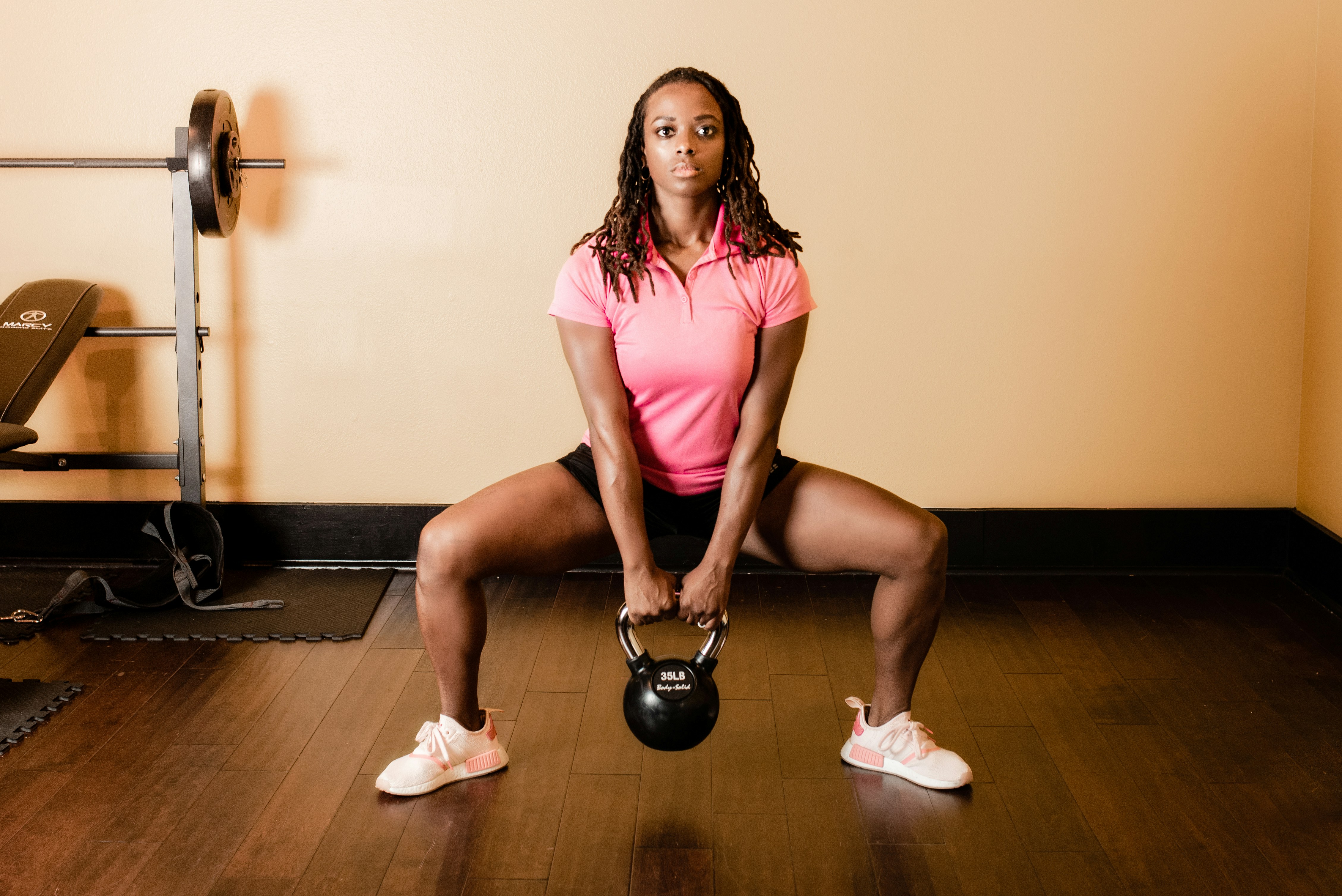The Phenomenon of Biohacking in Beauty and Fitness
Beauty and fitness have always been dynamic industries, perpetually evolving in response to scientific advancements, societal changes, and consumer demands. One of the most intriguing developments in recent years is the rise of biohacking - the practice of manipulating one's physical and mental state to optimize performance and wellbeing. Biohacking intersects technology, biology, and self-experimentation, offering a fresh perspective on personal wellness. This article explores the historical context of biohacking, its current industry trends, and its impact on beauty and fitness.

The Emergence of Biohacking
Biohacking, as a term and concept, emerged from Silicon Valley’s culture of self-optimization and the broader DIY science movement. The underlying premise is that our bodies can be ‘hacked’ like a computer system to enhance performance and wellbeing. Early biohackers focused on cognitive enhancement and life extension, with practices ranging from nootropics to sleep optimization. Over time, the concept expanded to encompass a wide range of interventions, including diet, exercise, skincare, and more.
Current Trends in Biohacking
Today, biohacking is making its mark on both the beauty and fitness industries. In the fitness realm, biohacking strategies often involve advanced wearables that monitor heart rate, sleep quality, and physical activity to fine-tune workout routines and recovery periods. Some fitness enthusiasts are exploring more radical methods, such as cryotherapy and hyperbaric oxygen therapy, aiming to enhance their physical performance and recovery.
The beauty industry, on the other hand, is seeing an increased interest in biohacking for skin health and anti-aging. Products and treatments targeting the body at the cellular level, such as topicals with DNA repair enzymes or LED light therapy, are gaining popularity among consumers seeking to ‘hack’ their way to better skin.
The Benefits and Market Relevance of Biohacking
Biohacking’s appeal lies in its promise of personalized, data-driven wellness. By understanding and manipulating our biological systems, we can potentially enhance our health, performance, and appearance. This has significant market relevance as consumers increasingly value individualized, scientifically-backed wellness solutions.
In the fitness industry, biohacking can help individuals optimize their routines, improve recovery, and attain peak performance. For the beauty sector, biohacking offers innovative approaches to skincare and anti-aging, aligning with consumers’ growing interest in science-driven beauty solutions.
Impact of Biohacking on the Beauty and Fitness Industries
Biohacking is reshaping both the beauty and fitness sectors. Its emphasis on personalization and scientific validation aligns with consumers’ growing demand for customized, evidence-based products and services. Furthermore, by bridging the gap between biology and technology, biohacking is driving innovation in these industries, leading to the development of new products, treatments, and training methods.
However, it’s essential to approach biohacking with a balanced perspective. While it offers exciting possibilities, it’s crucial to remember that our bodies are complex systems, not merely machines to be manipulated. The pursuit of optimal wellness should involve a holistic approach, integrating physical, mental, and emotional health.
In conclusion, biohacking represents a fascinating development in the beauty and fitness industries, offering fresh opportunities for personal wellness optimization. As consumers continue to seek individualized, science-backed wellness solutions, the influence of biohacking in these sectors is likely to grow. However, it’s crucial to balance this pursuit of optimization with a holistic understanding of health and wellbeing.




